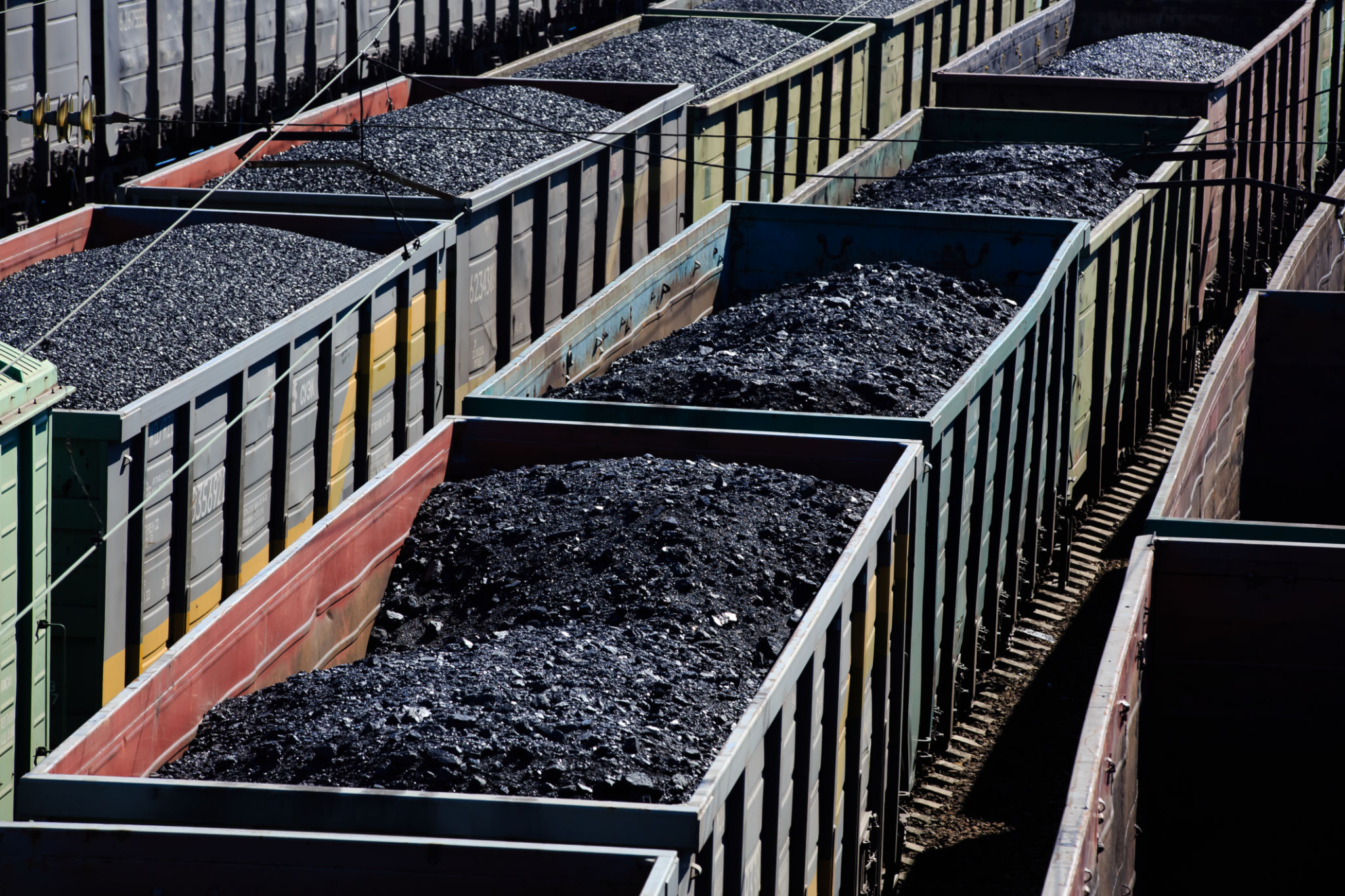Comparing Biomass Wood Pellets and Traditional Fuels: Which is Best for You?
Understanding Biomass Wood Pellets
Biomass wood pellets have gained traction in recent years as an alternative energy source to traditional fuels like coal, oil, and natural gas. Made from compressed sawdust and other wood waste products, these pellets are considered a renewable source of energy because they come from sustainably managed forests and wood processing facilities. Biomass wood pellets are celebrated for their low carbon footprint and efficiency in energy production.

One of the main advantages of biomass wood pellets is their environmental sustainability. As they burn, they release the same amount of carbon dioxide that was absorbed by the trees during their growth, making them nearly carbon neutral. This is a stark contrast to fossil fuels, which release carbon that has been stored underground for millions of years, contributing significantly to global warming.
Comparing Traditional Fuels
Traditional fuels such as coal, oil, and natural gas have long been the backbone of global energy production. These fuels are characterized by their high energy density, which means they can produce a large amount of energy per unit of weight or volume. This makes them highly efficient for industrial purposes and electricity generation.
However, the environmental impact of traditional fuels cannot be ignored. The extraction and burning of coal and oil release substantial amounts of greenhouse gases and pollutants into the atmosphere, contributing to climate change and air quality degradation. Natural gas is considered cleaner than coal and oil, but it still contributes to methane emissions, a potent greenhouse gas.

Cost Considerations
When comparing biomass wood pellets with traditional fuels, cost is a significant factor to consider. The price of biomass pellets can vary depending on location and availability but is generally competitive with traditional fuels. In some regions, government incentives for renewable energy can further reduce the cost of using biomass pellets.
Traditional fuels often have fluctuating prices due to geopolitical factors and market demands. While sometimes cheaper in the short term, their long-term costs can be higher when considering environmental impact fees and potential future regulations aimed at reducing carbon emissions.
Efficiency and Performance
In terms of efficiency, modern pellet stoves and boilers are designed to burn biomass wood pellets with high efficiency rates, often exceeding 80%. This means less fuel is required to produce the same amount of heat compared to older systems using traditional fuels. The ease of transportation and storage also makes them an attractive option for residential heating.

Traditional fuel systems might offer higher initial energy output, but they often require more maintenance and produce more waste. For industrial applications where high power output is necessary, traditional fuels may still hold an edge in terms of performance.
Conclusion: Which is Best for You?
Deciding between biomass wood pellets and traditional fuels depends on various factors including environmental concerns, cost considerations, and energy needs. If sustainability and reducing your carbon footprint are priorities, biomass wood pellets offer a compelling choice. They are particularly suitable for residential heating and small-scale applications where cost savings from renewable energy incentives can be significant.
On the other hand, if immediate high energy output is essential, especially for large-scale industrial applications, traditional fuels might still be necessary despite their environmental drawbacks. Ultimately, the decision should be guided by your specific requirements and long-term energy goals.